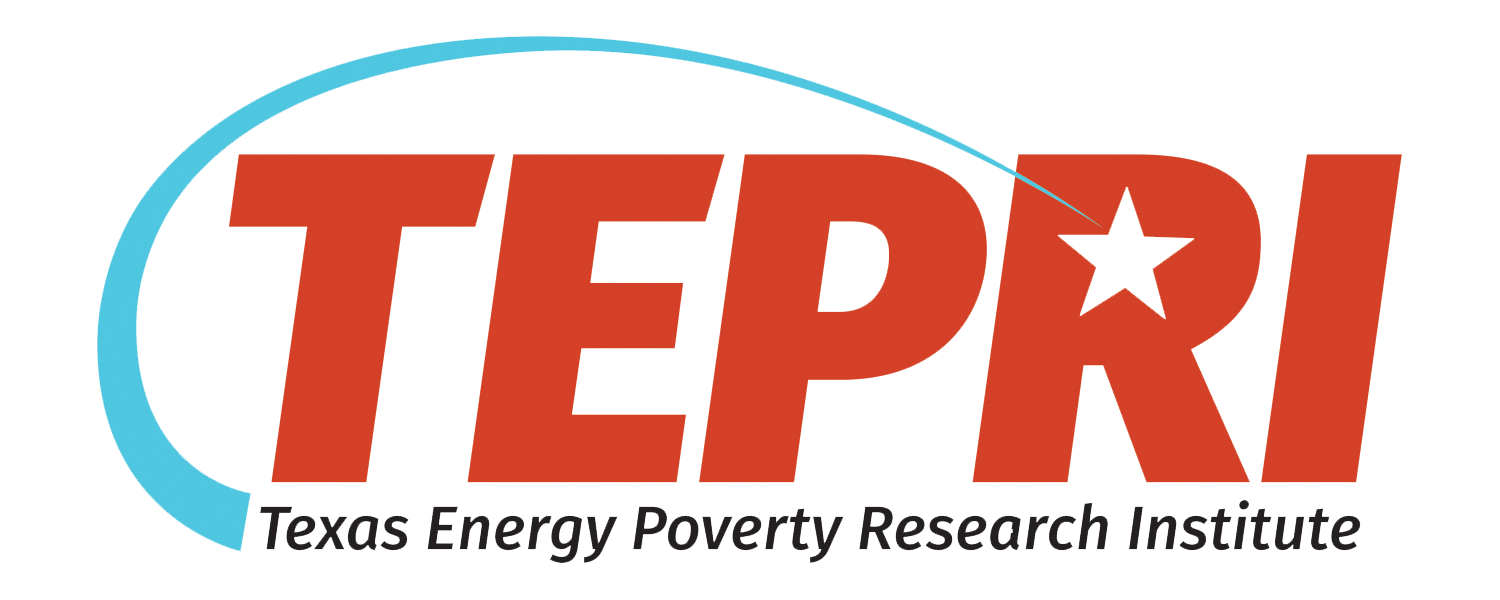By: Andrew Robison, Research Analyst, TEPRI | Evan Magallanes, Graduate Research Assistant, TEPRI | Will Bryan, Director of Research, SEEA | Joy Ward, Energy Research Associate, SEEA | Cyrus Bhedwar, Director of Policy, SEEA
TEPRI, in collaboration with the Southeast Energy Efficiency Alliance (SEEA), has co-developed a geospatial tool to help identify and highlight the depth of energy burdens and environmental impacts in communities in the southeastern United States. The Energy Equity Inspector, as it’s known, helps contextualize the unique challenges faced by certain households in this region, namely the high cost of energy and disproportionate exposure to carbon emissions. In particular, this tool allows TEPRI and SEEA to assess the disproportionate exposure borne by lower income households and communities of color. The tool is an aggregation of several publicly available datasets, including the Department of Energy’s Low-Income Energy Affordability Data (LEAD) tool, demographic indicators and environmental hazards from the Environmental Protection Agency’s EJScreen tool, utility-level greenhouse gas emissions, and housing data. The tool allows users to customize their area of interest, ranging from entire regions to specific census tracts, producing a nuanced view of energy burdens within these communities.

In particular, the Energy Equity Inspector helps users visualize the disproportionate impacts of energy burden on low and moderate income (LMI) households, specifically in communities that are populated by black, indigenous, and other households of color (BIPOC). The tool has allowed TEPRI and SEEA to visualize which communities in the Southeast face the highest energy burdens and carbon emission exposure. Initial analyses identified several communities across the Southeast where low-income households experience disproportionately high energy burdens, which is characterized by utility bills that account for more than 6% of household income.

In conjunction with SEEA, TEPRI has received funding to partner with stakeholders in Alabama’s Black Belt counties and South Texas and work together to address some of these ongoing challenges. Both regions are disproportionately affected by persistently high energy burdens, high respiratory hazards, and are home to a high percentage of low-income and BIPOC residents. These data are well established, but their intersectional quality is understated and far less understood. The Energy Equity Inspector bridges this divide by combining these data sources and mapping them onto the region to produce a clearer view of the spatial and intersectional nature of energy burden, greenhouse gas emission exposure, and other environmentally-related risks.

The ultimate goal of the tool is to provide communities in these regions with a rich array of data to be used in pursuit of federal and state-level funding for energy efficiency improvement and other related programs. The tool is meant to supplement the firsthand knowledge and experience already possessed by community members and provide rich data to better frame area conditions to outside stakeholders and potential funders. This quantitative data complements the lived experiences of community members and is not meant to be used as the sole justification for community intervention. By leveraging these data sources alongside community-level input and engagement, SEEA and TEPRI will be able to deliver the expertise necessary to identify federal and state-level energy efficiency funding within these communities. If you are interested in learning more about the Energy Equity Inspector and what it can do for your community, contact us at tepri@tepri.org.

